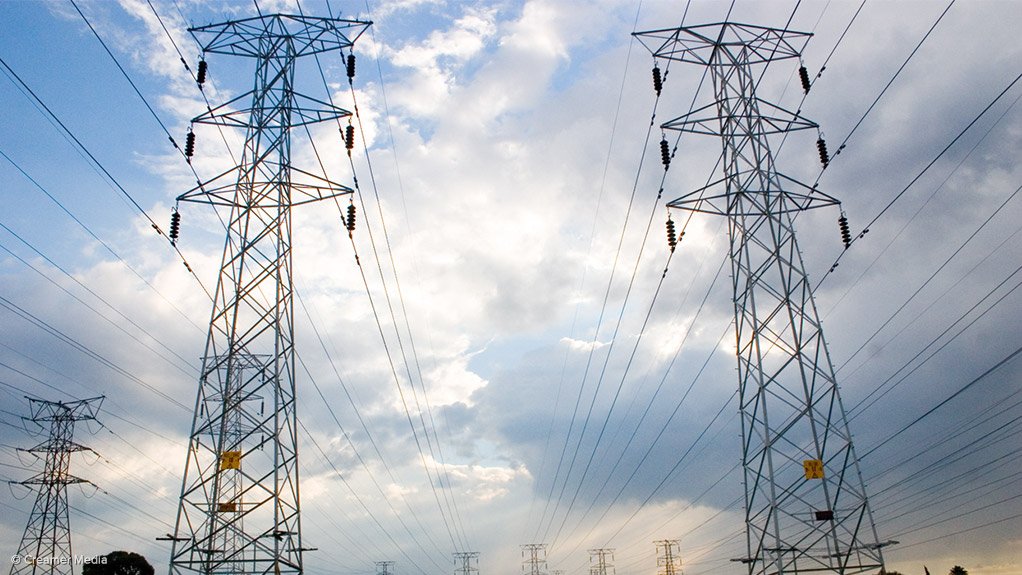Despite apparent legitimate reasoning behind State-owned power utility Eskom’s electricity tariff increases, increased costs would undoubtedly hurt those in the lower portion of South Africa’s income distribution, consulting firm Frost & Sullivan Africa energy and environmental research associate Thembie Chehore said on Thursday.
Chehore pointed out that the utility’s tariff increases had grown from a modest rate of 5.1% in 2006/7 to a peak of 31.3% in 2009/10.
He said that part of Eskom’s justification for the price increases had rested on the claim that, historically, South Africa had had some of the lowest tariffs in the world and that, despite the tariff increases since 2006/7, the country continued to have considerably low tariffs compared with other countries in the developed and developing world.
“A comparison of average electricity tariffs in 2011 using information obtained from the Organisation for Economic Cooperation and Development and past Frost & Sullivan analysis, proves this claim to be true. Frost & Sullivan further identified that South African tariffs are comparatively low, not only in the industrial sector, but in the residential sector as well,” Chehore said.
In addition, South Africa’s electrification rate, at 85.3% as of 2013, was higher than the world average of 80.5%, as well as that of the developing world and sub-Saharan Africa at 74.7% and 30.5% respectively.
“However, this near-universal electrification rate, coupled with the comparatively low tariffs, does not necessarily imply universal affordability of electricity for all South Africans,” he said.
Therefore, given the instance of “energy poverty” in low-income households in South Africa, government, in conjunction with Eskom and municipalities, had introduced various measures, aimed at assisting the poor.
These included electrification grants, free basic energy and cross subsidies.
“[However], although it is evident that significant pro-poor initiatives have been introduced, there is still a vast gap between the planning and announcement of these efforts and actual implementation,” Chehore said.
He noted that the major challenge in implementing the concept of free basic energy, as highlighted by the Department of Energy, was the “lack of indigent policies; the registration, verification and management of indigents; contravention of policy; and token collection.”
“In other words, the execution of this concept is complex and has not been carried out effectively. Moreover, free basic electricity assumes that people use not only basic, but energy efficient technologies.
“However, according to Frost & Sullivan analysis, 75% of South Africa’s population indicates that, although they are concerned about saving electricity, they cannot afford to spend money on energy efficient technologies. This is exacerbated by the fact that besides energy saving lamps, there is limited availability of low-cost, energy efficient appliances in South Africa,” he explained.
Further, while the process of cross-subsidising tariffs was benevolent in theory, its implementation in South Africa had been a contentious issue and its impact was hard to determine, Chehore said.
“Challenges arise due to the lack of transparency in the cross-subsidy schemes being employed by municipalities. Moreover, these schemes are difficult for consumers to understand, since there are too many different tariff structures – over 2 000 – based on the area and municipality. There is, subsequently, an urgent need for standardisation of tariffs across the board,” he stated.
However, despite these challenges, Frost & Sullivan believed the utility had made significant progress to protect lower income households from tariff increases.
When rolling out reforms in future, government and Eskom would, however, have to ensure that individuals at the lower end of the income spectrum were not adversely affected – both in theory and in implementation, he concluded.
EMAIL THIS ARTICLE SAVE THIS ARTICLE
To subscribe email subscriptions@creamermedia.co.za or click here
To advertise email advertising@creamermedia.co.za or click here











